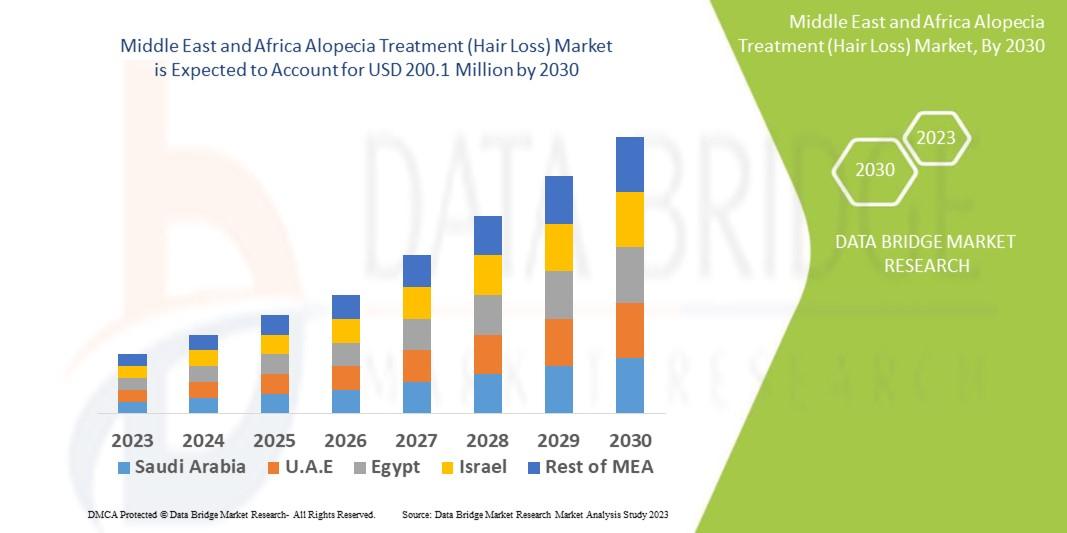Introduction: A Market in Transformation
The market for alopecia treatment, or hair loss solutions, across the Middle East and Africa is experiencing significant, fundamental growth. Driven by evolving social norms, a youthful population, and advances in medical technology, this region presents an increasingly important focus area for global pharmaceutical and aesthetic companies. This dynamic market is moving beyond basic topical solutions to embrace advanced clinical procedures and innovative homecare technologies, signifying a maturity in consumer demand and healthcare infrastructure.
Key Market Drivers and Cultural Shifts
The acceleration of the MEA alopecia treatment market is powered by several interconnected factors. First, changing lifestyles characterized by increased stress levels and urbanization contribute to a higher reported incidence of various hair loss conditions. Second, there is a pronounced cultural emphasis on personal appearance and grooming, particularly in the Gulf Cooperation Council (GCC) nations. High disposable incomes in these areas allow consumers, especially younger men and women, to invest heavily in aesthetic procedures and premium products. This cultural priority is further amplified by the pervasive influence of social media, which normalizes discussions about hair restoration and encourages individuals to seek early intervention. Finally, the development of sophisticated medical tourism in countries like the United Arab Emirates acts as a powerful driver, attracting international patients and raising the overall standard and availability of hair restoration surgery and clinical treatments regionally.
Segmentation and Advancing Therapeutics
The market is currently segmented by treatment type, and the fastest growth is seen in advanced therapeutic modalities. While traditional pharmaceutical treatments like topical and oral medications remain widely used due to their accessibility and affordability, procedures requiring clinical expertise are seeing the highest rate of adoption. This includes Platelet-Rich Plasma therapy, a regenerative medicine technique, and surgical hair transplantation, which is highly sought after across the region. The medical device segment is also advancing quickly, with increasing consumer interest in home-use options such as low-level laser therapy devices.
Geographically, countries with robust healthcare systems and higher per capita spending, primarily Saudi Arabia and the United Arab Emirates, dominate the market's revenue. However, opportunities are emerging in other nations as healthcare awareness and economic growth expand.
Emerging Trends and Competitive Dynamics
One prominent trend shaping the market is the strong consumer demand for natural and organic solutions. Consumers are increasingly aware of ingredients and often prefer herbal, plant-based, and natural formulations over chemical-heavy alternatives, creating a challenge and an opportunity for product developers.
In the clinical sphere, the introduction of novel targeted oral treatments, such as certain Janus Kinase inhibitors for severe autoimmune hair loss, marks a significant innovation. However, the market remains competitive, with global pharmaceutical giants operating alongside strong, local regional brands that often better cater to specific consumer preferences and pricing sensitivities. This diversity ensures a wide range of options, from mass-market products sold in pharmacies to highly specialized treatments offered in dermatology clinics.
Challenges to Universal Adoption
Despite its robust growth, the market faces clear barriers. A major constraint is the high cost of advanced surgical and regenerative treatments, which are frequently considered cosmetic and are not covered by health insurance policies, limiting their availability to certain socioeconomic groups. Furthermore, there is a recognized gap in the standardization of clinical guidelines and a lack of large, established national disease registries across several African and Middle Eastern countries. Addressing these infrastructural and affordability issues will be critical for achieving broader market penetration and ensuring equitable access to effective treatments.
Conclusion
The Middle East and Africa alopecia treatment market is at an exciting inflection point, moving swiftly towards specialization and premium services. As consumer wealth and health awareness continue to rise, and as medical infrastructure expands, the region is poised to become a global leader in the adoption of cutting-edge hair restoration technology. Future growth will be defined by the successful integration of therapeutic innovation, digital engagement, and an increasing focus on natural, personalized solutions.



